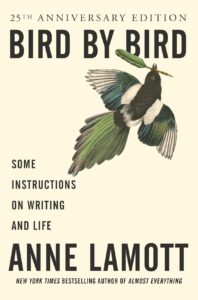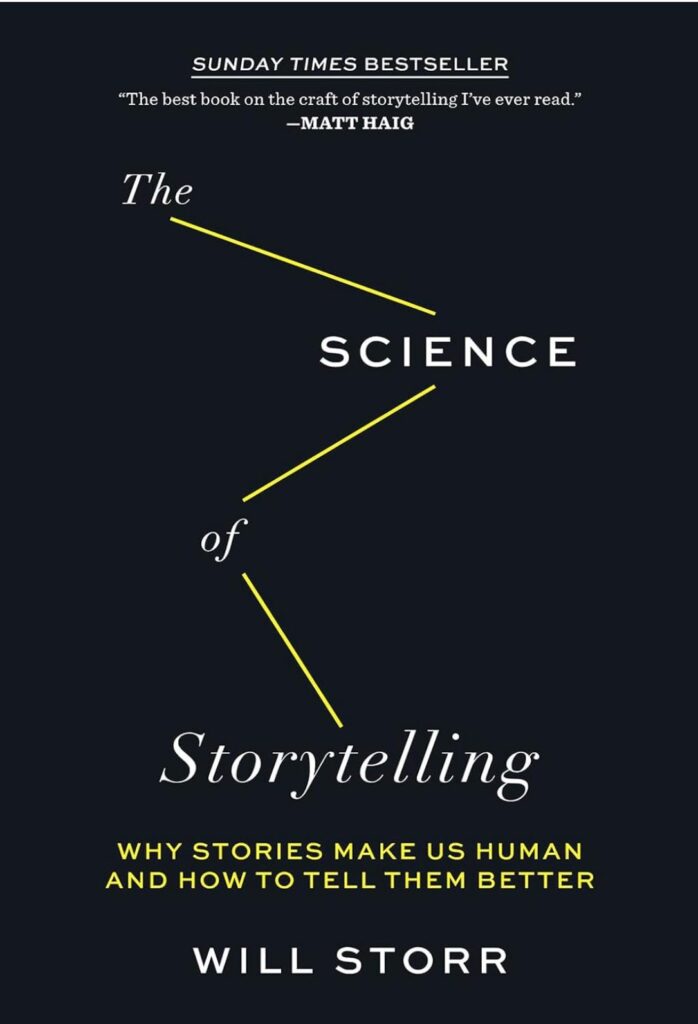When it comes to writing Hucow stories, one of the most important aspects to get right is the setting. The environment you create is more than just a backdrop; it plays a critical role in shaping the mood, tension, and overall experience of the story. Whether you’re crafting a rustic rural farm or a sleek, futuristic alien facility, your setting can make or break the immersive quality of your story.
As a Hucow author myself, I’ve found that designing the perfect Hucow farm requires a blend of creativity, attention to detail, and an understanding of the genre’s core themes: transformation, milking, breeding, and power dynamics. Let’s dive into how you can craft a setting that elevates your Hucow story, keeping readers hooked from start to finish.
Table of Contents
ToggleRural Farm: Grounded in Tradition and Sensuality
When I think of a classic Hucow setting, a rural farm instantly comes to mind. There’s something inherently sensual about the natural world, with its endless open fields, rustic barns, and the simple, primal lifestyle it evokes.
Rural farms are perfect for stories that emphasize transformation, nurturing, and the connection between the Hucow and her environment.
Sensory Details: Immersing Your Readers
A well-designed rural farm should feel alive with sensory details. Think about the smell of fresh hay, the sound of cows lowing in the distance, or the feel of the cool breeze as it rolls over wide, open pastures.
These details can instantly transport readers into the setting and make them feel like they’re right there alongside your heroine.
For example, in one of my stories, I described the heroine’s first moments on the farm by focusing on the tactile sensations: the roughness of the barn walls under her fingers, the weight of the milking machine straps across her body, and the earthy scent of hay that mingled with the sharpness of machinery oil.
These small sensory moments give readers something tangible to latch onto, enhancing the immersion.
Barn as the Center of Power
In many rural Hucow stories, the barn isn’t just where the action happens—it becomes a place of transformation and submission. The barn, with its wooden beams and sturdy walls, represents a controlled space where the heroine transitions into her new life.
This setting plays directly into the power dynamics of the story, where the alpha male (or alien farmhands) hold control over the Hucow’s transformation.
To maximize this dynamic, you can use the barn to reinforce themes of protection and domination. The heroine may feel a mix of vulnerability and safety here—an isolated place where she’s both exposed and cared for.
You could even add subtle symbolic touches, like having her tethered to a post during her first milking session, showing her surrender to her new role. Make the barn a place where her desires and fears collide, amplifying the emotional and physical stakes of the story.
The Natural World and Transformation
A rural setting often reflects the natural transformation happening within the heroine herself. As she embraces her new Hucow identity, the farm’s natural environment can symbolize this internal change.
Think of the ripening crops, the animals growing strong, and the cycles of life playing out around her. The heroine’s physical transformation can mirror the cycles of the farm, offering a rich metaphorical layer to your story.
Imagine writing a scene where, just as the fields are being harvested, the heroine experiences her first full milking. There’s something beautifully poetic about aligning her journey with the rhythms of nature.
You can use this connection to build a deeper sense of inevitability and belonging, making her transition feel both organic and destined.
Sci-Fi Setting: Futuristic Fantasies and Alien Control
On the other end of the spectrum, a sci-fi setting offers a completely different flavor for Hucow stories. Here, you can play with high-tech gadgets, sleek machinery, and a controlled, clinical atmosphere that contrasts with the organic transformation of the heroine.
Sci-fi settings are perfect for stories that emphasize breeding and power dynamics, with the alien or futuristic farmhands often exercising complete control over the Hucow’s environment and body.
High-Tech Milking and Breeding Stations
In a sci-fi Hucow farm, everything is precise and efficient. Milking isn’t done by hand, but by advanced machines designed to extract every last drop.
The machinery itself can be a character of sorts—cold, unfeeling, but deeply effective. Describing the sleek, mechanical arms that attach to the heroine’s body, or the sterile, white walls that surround her during her breeding sessions, can add a sense of detachment that heightens the tension between the heroine and her alien handlers.
One technique I use is to describe the contrast between the heroine’s soft, natural body and the clinical sterility of the machines. For example, in one story, the heroine is strapped to a gleaming silver table, her body slowly being transformed into a Hucow, while the machines hum and whir around her. This creates a stark contrast that intensifies the feeling of submission and control.
Power Dynamics: The Aliens’ Total Control
The futuristic setting allows you to explore deeper themes of control and dominance. The heroine in a sci-fi Hucow farm is often completely at the mercy of her alien captors, who oversee her transformation with scientific precision. This can play into breeding fantasies, where the heroine is seen as valuable only for her milk and fertility, heightening the stakes of the power dynamic.
In these stories, it’s important to show both the emotional and physical impact of the transformation. While the heroine may start out resisting the cold, calculated treatment of her alien captors, over time, she might come to crave the control they exert. You can build this tension by focusing on the heroine’s internal conflict—her growing desire to submit despite her initial fear or reluctance.
The Sterile vs. Sensual Dynamic
While the sci-fi setting may seem cold or distant, you can use this to your advantage by playing up the contrast between the sterile environment and the intensely sensual experience of milking and breeding. The heroine’s transformation becomes even more pronounced in this setting, as her body defies the coldness of the machines, growing fuller and more sensitive with each session.
This creates a delicious tension for readers—watching the heroine’s body blossom in a sterile, emotionless environment can enhance the eroticism of the transformation. For instance, imagine a scene where the heroine is plugged into a futuristic milking machine, her body arching with pleasure, while the alien overseers watch impassively from behind a glass wall. The contrast between her raw, physical response and their cold observation heightens the erotic stakes of the scene.
Actionable Tips for Designing Your Hucow Setting
Now that we’ve explored both rural and sci-fi settings, here are a few actionable tips to help you create the perfect Hucow farm in your stories:
Leverage Sensory Details: Whether you’re writing a rural or sci-fi setting, always immerse your readers in the environment by focusing on sounds, smells, and textures.
Make the Setting Reflect the Transformation: Use the physical environment to mirror the heroine’s internal journey, aligning natural growth or clinical control with her changing body and emotions.
Play with Power Dynamics: In both settings, the location should amplify the power dynamics between the heroine and the alpha male or alien farmhands. Whether it’s a barn or a high-tech lab, the setting should heighten the sense of dominance and submission.
Contrast Soft and Hard Elements: Whether you’re describing a rustic barn or a cold, sterile breeding station, contrasting the softness of the heroine’s body with the hardness of the setting can intensify the erotic tension.
Use Symbolism to Enhance Emotional Impact: The farm or facility is more than just a backdrop; it can symbolize safety, dominance, fertility, or transformation. Weave these symbols into your descriptions to give your story emotional depth.
Final Thoughts: Building a World Your Readers Can’t Forget
Designing the perfect Hucow farm—whether rural or sci-fi—is about more than just choosing a location. It’s about creating a setting that reflects and enhances the core themes of your story.
As Hucow authors, we’re working within a unique genre that blends transformation, power dynamics, and eroticism in a way that demands a carefully crafted world.
By paying attention to the details, creating contrast, and letting the setting reflect the characters’ internal journeys, you can build a world that’s as immersive as it is arousing.
So go ahead, design that perfect Hucow farm, and give your readers a place they’ll never want to leave.
References and More Information
Here are some reliable sources where you can find additional information on science fiction and general fiction writing. I’ve referenced these both in this post and in my previous work for inspiration:
World-Building Tips for Writers by Well-Storied
This article provides practical advice for creating immersive and believable settings, essential when designing a Hucow farm whether rural or sci-fi.How to Use Sensory Details in Writing by The Write Practice
A great guide on incorporating sensory details to make settings and scenes more vivid, which is key to bringing your Hucow farm to life.Writing Science Fiction & Fantasy by Writer’s Digest
This resource explores how to build believable worlds in science fiction and fantasy, perfect for authors creating a futuristic or alien Hucow farm.Romance Tropes in Fiction by The Write Practice
This post explains popular romance tropes, including power dynamics and transformation themes, which can be incorporated into Hucow settings.Writing Erotica: How to Write Hot Scenes by Writer’s Edit
Learn techniques for writing erotica that balances sensuality and story development, helpful for creating steamy scenes in your Hucow farm setting.







































